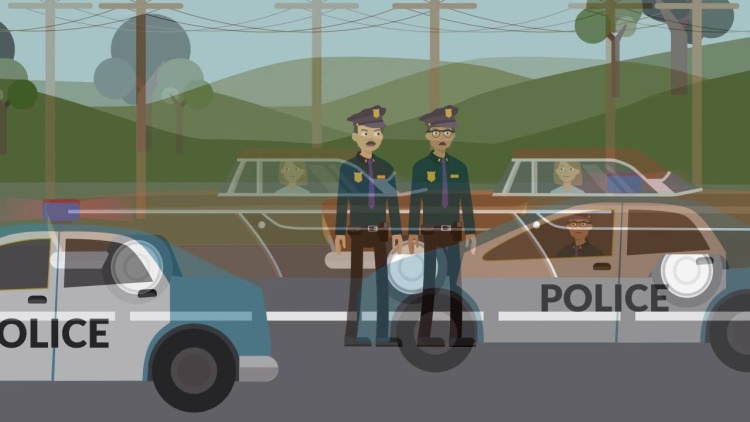Alabama v. White
United States Supreme Court
496 U.S. 325 (1990)
- Written by Sarah Venti, JD
Facts
The police received an anonymous tip that Vanessa White (defendant) would be leaving her apartment complex carrying a briefcase with cocaine inside. The informant gave the police White’s address and a description of her car and said that White would be heading to a certain hotel. The police immediately set up a surveillance team at the apartment complex and saw a car matching the description given by the informant outside the specified apartment building. The police soon observed White exit the building without the briefcase, get in her car, and head toward the hotel. Just before White arrived at the hotel, the police stopped the car. They informed White of what they were looking for and asked to search the car. She consented to the search, and when the police found a briefcase, she gave them the combination to the lock. The police found marijuana in the briefcase and arrested her. Later, at the police station, the police found three milligrams of cocaine in White’s purse. White was charged with possession of marijuana and possession of cocaine. White moved to suppress the marijuana and cocaine. The trial court denied the motion, and White pleaded guilty but reserved her right to appeal the denial of her suppression motion. The Alabama Court of Criminal Appeals held that the stop was unconstitutional because the officers lacked reasonable suspicion to make an investigatory stop of the car. The court reversed White’s conviction, and the Alabama Supreme Court denied the State of Alabama’s petition for certiorari. The United States Supreme Court granted certiorari.
Rule of Law
Issue
Holding and Reasoning (White, J.)
Dissent (Stevens, J.)
What to do next…
Here's why 899,000 law students have relied on our case briefs:
- Written by law professors and practitioners, not other law students. 47,000 briefs, keyed to 994 casebooks. Top-notch customer support.
- The right amount of information, includes the facts, issues, rule of law, holding and reasoning, and any concurrences and dissents.
- Access in your classes, works on your mobile and tablet. Massive library of related video lessons and high quality multiple-choice questions.
- Easy to use, uniform format for every case brief. Written in plain English, not in legalese. Our briefs summarize and simplify; they don’t just repeat the court’s language.





